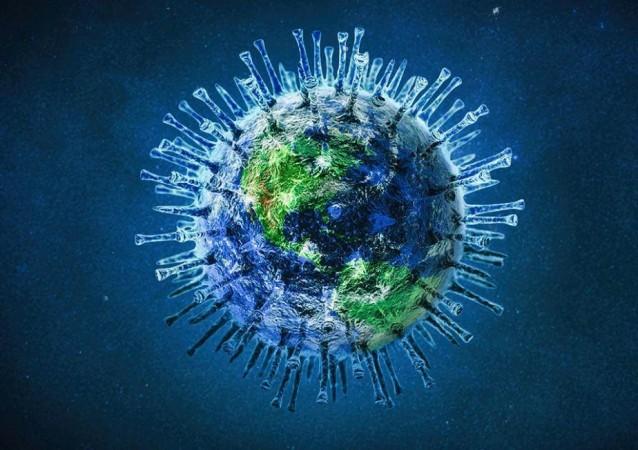Apart from confirming that Hyderabad's iconic Hussain Sagar Lake is teeming with the dreadful coronavirus, researchers have found that the dynamic of viral load in the water serves as an early warning signal of impending pandemic waves.
In addition to the Hussain Sagar, the group of researchers, has identified some more lakes in the city vicinity, the waters of which, contain the virus.

These include the Nacharam lake and the Nizam Talab. Fortunately, so far, there are no documented studies to prove that Covid-19 can be spread through water, unlike the polio virus.
The researchers, comprising of scientists from the Indian Institute of Chemical Technology (IICT), the Centre for Cellular and Molecular Biology (CCMB) here, and the Academy of Scientific and Innovative Research (AcSIR) in Ghaziabad, conducted the study, with support of the Council of Scientific and Industrial Research (CSIR).
First and Second Covid Wave
The study, spread over seven months, roughly coincided with the first and second pandemic waves in the country.
"The SARS-CoV-2 gene fragments have been detected were clearly in the urban lakes which are surrounded by the anthropogenic activities," the study noted and further said, "The surge in February 2021 sample showed the on shoot of the second wave of infection which correlated well with the prevailing pandemic situation."
The study concludes that the presence of viral fragments and its load can be used as a surveillance tool to understand the infection spread.
"This study depicted the need for regular monitoring of the water bodies/wastewater as part of water borne epidemics (WBE) studies in the urban and semi-urban areas to understand the outbreak and to assess spread of viral as well," the study concludes.
The findings have been compiled in a research paper titled "Comprehensive and Temporal Surveillance of SARS-CoV-2 in Urban Water Bodies: Early Signal of Second Wave Onset, and published in preprint server 'MedRxiv' on May 12.














